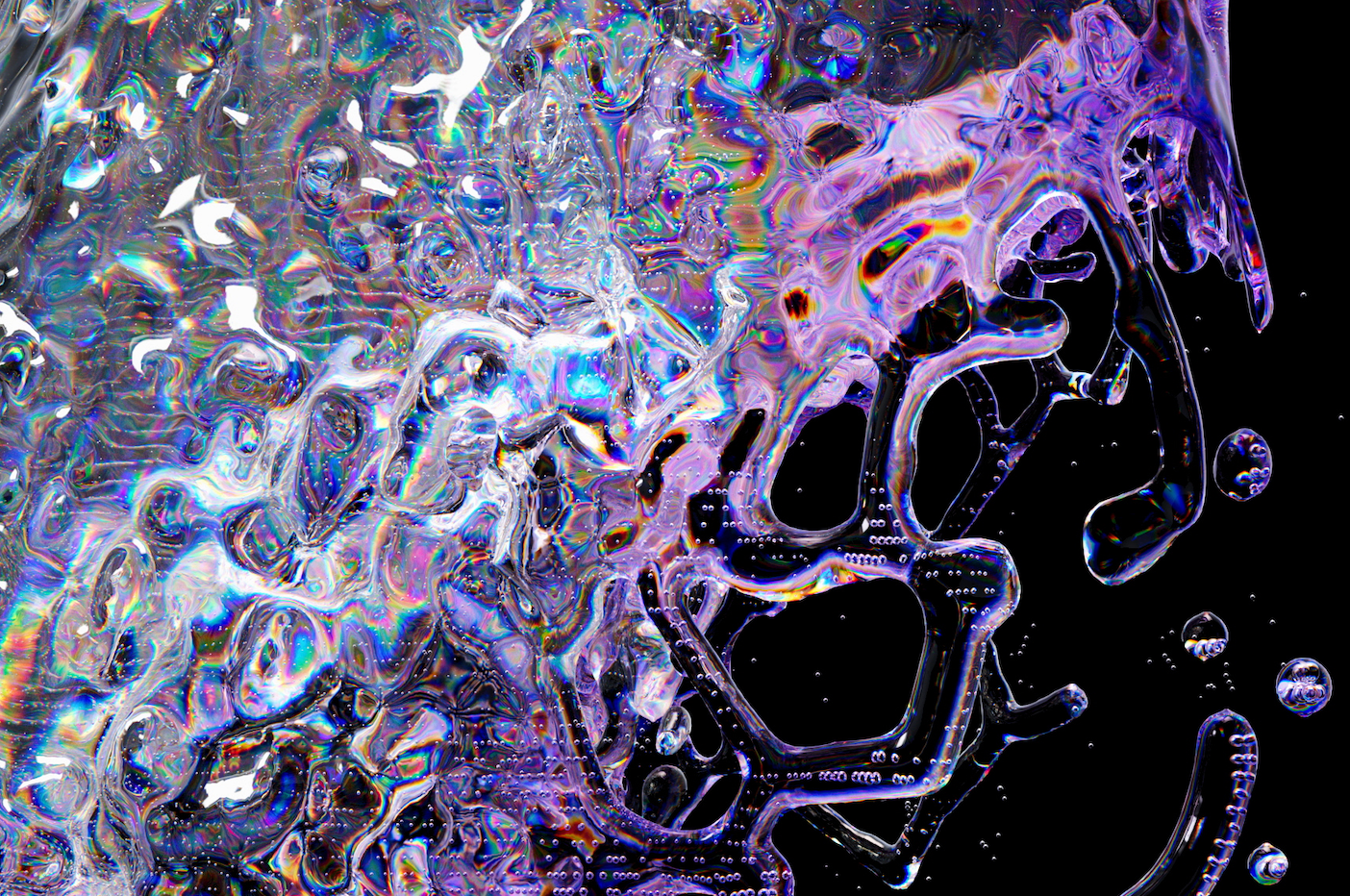
The Rise of Phygital: Blurring Boundaries Between the Physical and Digital Worlds
In an increasingly interconnected world, the lines between physical and digital realms are becoming more blurred. One fascinating phenomenon that embodies this convergence is the concept of "phygital." Combining the words "physical" and "digital," phygital refers to the seamless integration of physical and digital experiences. From retail to entertainment, this innovative approach is transforming industries and opening up new possibilities. In this article, we explore the concept of phygital and its impact on the fashion industry, as showcased in Meta Fashion Brands' exploration of the metaverse.
The Essence of Phygital
Phygital experiences offer a unique blend of the tangible and virtual worlds, harnessing the strengths of each. It goes beyond mere digitization and embraces a holistic approach that complements physical experiences with immersive digital elements. This integration creates a more engaging, interactive, and personalized environment for users.
The Metaverse and Meta Fashion Brands
Meta Fashion Brands, a forward-thinking company at the forefront of the fashion industry, recognizes the potential of the metaverse in shaping the future of retail. By leveraging phygital experiences, they bridge the gap between the virtual and physical realms, offering customers an unparalleled shopping journey.
The metaverse, a collective virtual shared space, enables users to interact with digital assets and engage with others in real-time. Meta Fashion Brands explores this emerging landscape, where consumers can engage with virtual showrooms, try on digital clothing, and even attend virtual fashion shows. By fusing the traditional fashion experience with the possibilities of the metaverse, they provide an immersive and personalized environment that pushes the boundaries of traditional retail.
Enhancing the Fashion Experience
Phygital experiences in fashion bring numerous benefits that enhance the overall customer experience. One significant advantage is the ability to try on virtual garments. Using advanced technologies like augmented reality (AR) and virtual reality (VR), customers can see how clothing items would look on them without physically trying them on. This feature not only saves time but also reduces the hassle of returns, ultimately leading to greater customer satisfaction.
Furthermore, phygital fashion experiences enable brands to create interactive and immersive environments. Customers can explore virtual showrooms, view detailed product information, and even interact with virtual brand ambassadors or influencers. This personalized engagement helps forge deeper connections with customers, fostering brand loyalty and driving sales.
Breaking Barriers and Expanding Reach
Phygital experiences also break down geographical barriers and expand a brand's reach. With the metaverse, fashion brands can transcend physical store locations and connect with a global audience. Consumers from anywhere in the world can virtually visit a store, explore collections, and make purchases, all from the comfort of their own homes. This democratization of access enables smaller and independent fashion brands to gain visibility and compete on a global scale, leveling the playing field in the industry.
Conclusion
Phygital experiences are revolutionizing the way we interact with the world, particularly in the fashion industry. As showcased by Meta Fashion Brands, the integration of physical and digital elements creates immersive and personalized environments that enhance the customer experience. The metaverse serves as an innovative platform for fashion brands to engage with consumers, offering virtual showrooms, digital try-on experiences, and interactive engagements.
As we continue to witness the convergence of physical and digital realms, the concept of phygital will likely permeate various industries. It empowers brands to break down barriers, expand their reach, and connect with consumers on a deeper level. As technology continues to advance, the possibilities for phygital experiences are limitless, promising an exciting future where the boundaries between the physical and digital worlds become increasingly indistinguishable.